Did you know that certain indoor plants can eliminate up to 87% of air toxins from your living space within just 24 hours? This remarkable statistic isn’t just a quirky fact—it’s a fresh approach to healthier, happier homes. In this article, you’ll uncover how the humble house plant offers much more than decorative flair. From purifying the air and easing stress to enhancing your home’s beauty, indoor plants are the secret ingredient for a rejuvenated living environment. Whether you’re a beginner or a leaf-loving enthusiast, this comprehensive guide will help you choose, care for, and style the best potted plant for every room in your house.
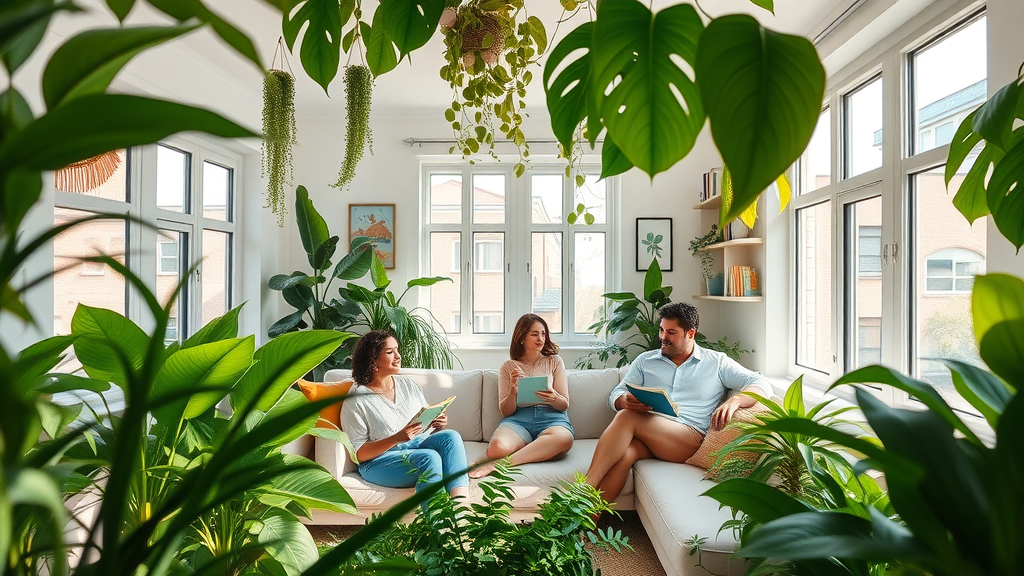
- Surprising fact: Studies show that indoor plants can remove up to 87% of air toxins in just 24 hours—a fresh solution for your living space.
- Scientific evidence supports the benefits of keeping house plants, from reducing stress to improving air quality.
- Explore how integrating potted plants into your decor not only beautifies your home but contributes to holistic health.
Unlocking Wellness: Why Indoor Plants Are Essential for Every House Plant Enthusiast
Indoor plants are no longer just a trend—they’ve become an integral part of creating healthier, happier homes. Scientific research confirms that having a variety of house plants not only enhances home aesthetics but also offers measurable health benefits. For instance, a NASA study found that integrating specific indoor plants into your environment can significantly remove toxins like benzene, formaldehyde, and trichloroethylene. This makes plants such as the snake plant , peace lily , and spider plant vital for those seeking a naturally clean home.
Beyond air purification , house plants provide substantial relief from daily stress. Their living presence fosters feelings of calm, reduces anxiety, and increases overall emotional well-being. What's more, by selecting the right assortment of potted plants —from the resilient money tree to the striking leaf fig —you can effortlessly combine beauty and wellness. As we dive deeper, you'll see exactly how easy it is to make indoor greenery a key part of your holistic health journey.
The Science Behind Indoor Plants: Transform Your Home with Nature’s Power
Air Purification and Health Benefits: House Plant Superpowers
The science supporting indoor plants is robust. Iconic house plants like the spider plant , snake plant , and peace lily are recognized for their ability to remove airborne toxins such as benzene, formaldehyde, and trichloroethylene. Potted plants actively pull in contaminated air, converting it into fresh, breathable oxygen. In homes that struggle with poor ventilation or urban pollutants, strategic placement of these air-purifying plants creates a powerful natural filtration system that no mechanical solution can mimic.
Additionally, these remarkable plants boost indoor humidity , essential for comfortable living—especially during the dry winter months. Tropical plants like the parlor palm and certain live plant varieties contribute to reducing respiratory irritation and ease symptoms of allergies or asthma by keeping air moist and vibrant. Labs have even found a significant reduction in airborne mold and bacteria with the presence of high-performing purifying plant choices, making them a must-have for families, pet owners, and anyone with young children.
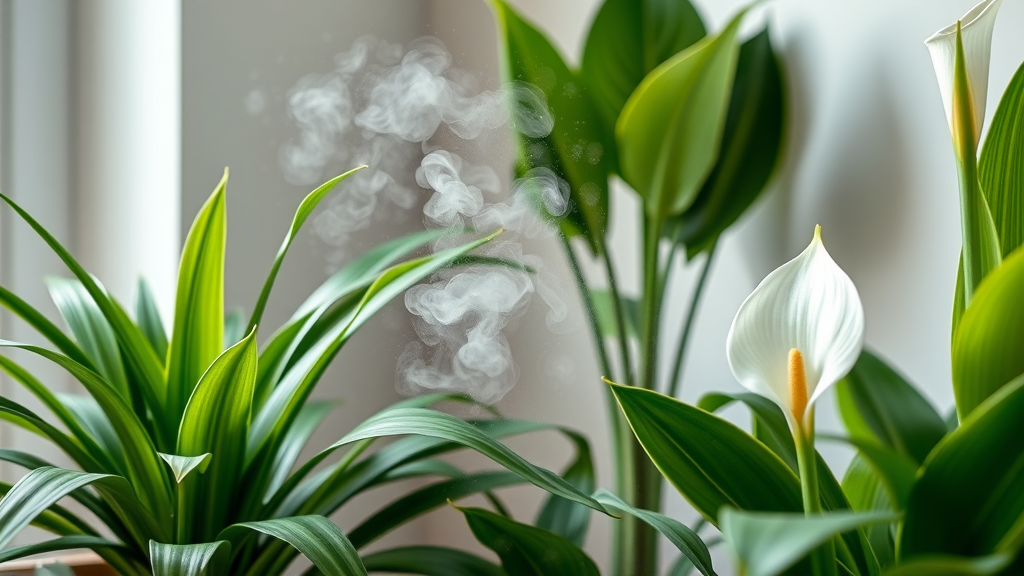
Mental Wellness and Productivity Boosts from Indoor Plants
The influence of house plants extends far beyond clean air. Placing indoor plants in your workspace or living areas can induce a significant reduction in stress and anxiety. Peer-reviewed studies reveal that exposure to plant life—whether it’s a lush leaf fig , resilient zz plant , or mood-lifting parlor palm —supports mental well-being by lowering cortisol levels and enhancing relaxation. This effect is especially appreciated in today’s fast-paced, often confined urban environments.
Home offices greatly benefit from the inclusion of potted plants . Research links the presence of easy-care options like the zz plant (zamioculcas zamiifolia) and the tropical prayer plant with improved focus and heightened productivity. The act of tending to a live plant offers mindful moments, breaking the monotony of screens and meetings while brightening your mood. For those seeking a naturally uplifting workspace, a thoughtful arrangement of indoor greenery can be a game-changer.
| Indoor Plant | Key Benefit | Air-Purifying Score | Maintenance Level |
|---|---|---|---|
| Spider Plant | Air purification, mold reduction | ★★★★★ | Low |
| Snake Plant | Toxin removal, thrives in low light | ★★★★☆ | Very Low |
| ZZ Plant | Humidity, air cleaning, mood boosting | ★★★★☆ | Very Low |
| Peace Lily | Long-lasting blooms, toxin removal | ★★★★★ | Medium |
| Money Tree | Prosperity, visual interest | ★★★☆☆ | Low |
| Leaf Fig (Fiddle Leaf Fig) | Focal point, mood enhancement | ★★★☆☆ | Medium |
| Prayer Plant | Visual vibrancy, stress reduction | ★★★☆☆ | Low |
| Parlor Palm | Humidity, subtle elegance | ★★★☆☆ | Low |
Top Indoor Plants to Enrich Your Space: From Snake Plant to ZZ Plant
Potted Plant Stars: The Best House Plants for Every Room
Choosing the right potted plant is all about matching care and personality with your space. The spider plant is the resilient, air-purifying champion trusted by beginners and experts alike. Its hardy nature allows it to thrive in hanging baskets or pots, efficiently removing toxins while adding understated charm. The snake plant is another low-light superstar that requires minimal attention, making it ideal for busy lifestyles or those new to indoor gardening.
For a unique, glossy appearance and drought tolerance, look no further than the zz plant , also called zamioculcas zamiifolia. If you desire beautiful blooms indoors, the peace lily offers graceful, long-lasting flowers while working hard to clean the air. The money tree brings not only a distinctive braided look and positive symbolism but also adds fresh, oxygen-rich air. The dramatic fiddle leaf fig or leaf fig serves as an eye-catching focal point, while more adventurous choices like the swiss cheese plant (Monstera deliciosa), dieffenbachia camille , prayer plant , and schefflera arboricola diversify your home with vibrant foliage and visual flair.
- Spider plant: resilient, air-purifying champion
- Snake plant: ideal for low light, easy care
- ZZ plant: drought-tolerant, glossy leaves
- Peace lily: blooms indoors, removes toxins
- Money tree: prosperity symbol, unique look
- Fiddle leaf fig: dramatic foliage for focal points
- Swiss cheese plant (Monstera deliciosa): tropical flair
- Dieffenbachia Camille: vibrant variegation
- Prayer plant: striking leaf patterns, low-medium light
- Schefflera arboricola: umbrella tree for bright light
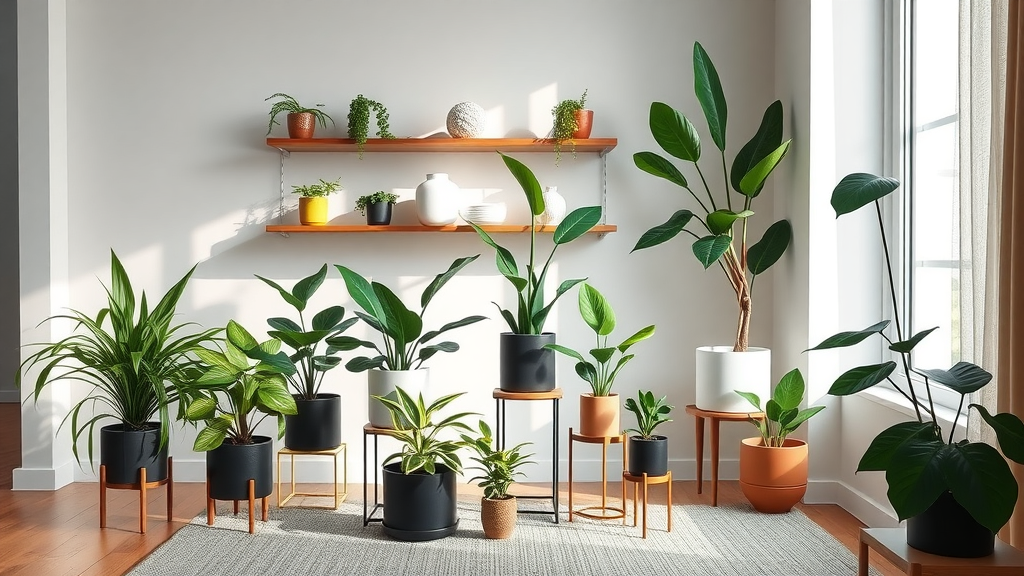
Low Light Indoor Plant Heroes: Solutions for Every Home
Not every home is blessed with bright windows or ample sunlight. Luckily, several exceptional house plant varieties thrive in low light conditions, making them ideal for shaded corners, apartments, and offices. The snake plant and robust zz plant are renowned for their adaptability—both can grow where direct sunlight is scarce, tolerating long periods between waterings. This resilience places them among the easiest and most forgiving choices for first-time plant parents.
The peace lily stands out for its ability to bloom even in modest lighting, offering fresh air and enduring beauty in bedrooms or bathrooms. For a bit of tropical luxury, the parlor palm brings subtle elegance with minimal fuss, and the striking prayer plant enlivens low-light spaces with intricately patterned leaves and vibrant movement—its foliage folds up nightly in a restful “prayer” pose. No matter your space or exposure, there’s a beautiful indoor plant ready to thrive and enrich your home.
- Snake plant
- ZZ plant
- Peace lily
- Parlor palm
- Prayer plant
How to Select Indoor Plants for Your Lifestyle and Space
Factors to Consider: Light, Space, and Maintenance for Your New House Plant
Selecting the ideal house plant is about more than just aesthetic appeal—it’s about finding a live plant that suits your home’s unique environment and your care routine. First, assess your home’s lighting. Spaces with bright light near windows suit sun-loving varieties like the schefflera arboricola , swiss cheese plant , or large leaf fig . For rooms with low light , opt for tough options such as the zz plant , parlor palm , or snake plants .
Next, consider space. Compact studios benefit from petite choices like mini air plants or potted succulents, while spacious living rooms can anchor a bold fiddle leaf fig or sprawling monstera plants . Finally, be honest about your desired care level. If you prefer minimal attention, the resilient zz plant , snake plant , or peace lily are forgiving of occasional forgetfulness. For plant lovers who relish a daily ritual, tropical plants and blooming varieties might offer the greatest satisfaction.
- Assessing light conditions: bright light vs. low light plants
- Sizing up your space: mini air plants to large leaf fig
- Care commitment: thriving with minimal attention vs. daily watering

Matching Indoor Plants with Your Health Goals
The right house plant can do more than beautify—it can help you meet specific health targets. If air purification is your priority, the spider plant , peace lily , and snake plant should top your list. For those needing a humidity boost to ease respiratory discomfort, select lush tropical plants like the parlor palm or live plant species that naturally regulate moisture.
If stress relief is your goal, opt for visually calming selections, such as a vibrant prayer plant or tranquil leaf fig . Don’t forget to check plant safety: families with children or pets should choose non-toxic house plants and steer clear of those that may cause allergies. With a little planning, you can ensure every potted plant in your collection supports your household’s health and well-being.
- Desired benefits: air purification, humidity, stress relief
- Allergy and pet safety considerations
- Choosing live plants that suit your household
| Room/Need | Recommended Indoor Plant | Benefit |
|---|---|---|
| Bedroom | Snake plant, peace lily | Improves air quality, supports restful sleep |
| Living Room | Fiddle leaf fig, money tree, swiss cheese plant | Dramatic focal point, air cleansing |
| Home Office | ZZ plant, parlor palm, prayer plant | Boosts productivity, reduces stress |
| Bathroom | Spider plant, air plants | Thrives in humidity, cleanses air |
| Pet-Friendly Homes | Areca palm, Boston fern | Non-toxic, gentle humidity |
Care Basics: Tips to Keep Indoor Plants and House Plants Thriving
- Watering schedules for popular potted plants : Plants like the snake plant and zz plant need watering only when the soil is completely dry—often every 2–3 weeks. The peace lily and money tree benefit from more frequent waterings but dislike soggy roots; always allow the top inch of soil to dry out between drinks.
- Soil selection and repotting advice : Use a potting mix suited for your plant. Roots outgrowing their pots? Repot using a slightly larger container every 1–2 years to keep your indoor plants healthy.
- Fertilizing essentials : Feed most house plants monthly during active growth (spring and summer) with a balanced plant food . Dilute well to avoid fertilizer burn, and hold back during winter months.
- Common troubleshooting : Yellow leaves usually signal overwatering or poor drainage; eradicate pests like spider mites with gentle insecticidal soap; and address wilting with a quick check of soil moisture and light placement.
Watch: How to Repot Your Favorite Indoor Plant (Step-by-Step Demonstration)
Expert Tips to Style Your Living Spaces with Indoor Plants
Arranging house plants for maximum visual impact transforms both mood and layout. Layering foliage heights—placing tall swiss cheese plants or leaf figs alongside compact prayer plants —creates a lush, dimensional look. Mix plant textures and shapes to add energy to minimalist rooms or harmonize a busy space.
Versatility in display is key. Use shelves, sturdy plant stands , and modern hanging baskets to add vertical interest, making even small spaces feel vibrant and alive. Group potted plant arrangements by lighting needs to keep care simple. Whether you use a single statement plant or curate a jungle of diverse leaves, smart styling brings year-round freshness and sophistication.
- Arranging house plants for visual impact
- Mixing heights and textures: from swiss cheese plant to prayer plant
- Utilizing shelves, stands, and hanging options
"The addition of a single indoor plant can transform both the aesthetic and air quality of any room."—Dr. Janet H., Environmental Psychologist
Comparing Prices and Where to Buy Indoor Plants for Your Home
Bringing home your favorite indoor plant is easier than ever, thanks to options at local nurseries, garden centers, and online retailers. Local nurseries offer expertly grown selections and in-person guidance for picking the healthiest live plants . Garden centers in home improvement stores typically provide value bundles and seasonal deals. For convenience, online markets deliver curated potted plants straight to your door, often with detailed care instructions and specialty varieties not found elsewhere.
Prices vary widely depending on plant size, rarity, and source. A small snake plant or spider plant can start at just $10–$20, while large specimens or trending options like the fiddle leaf fig or mature money tree may fetch $50–$150 or more. Consider shipping costs and return policies when buying online to ensure a hassle-free experience.
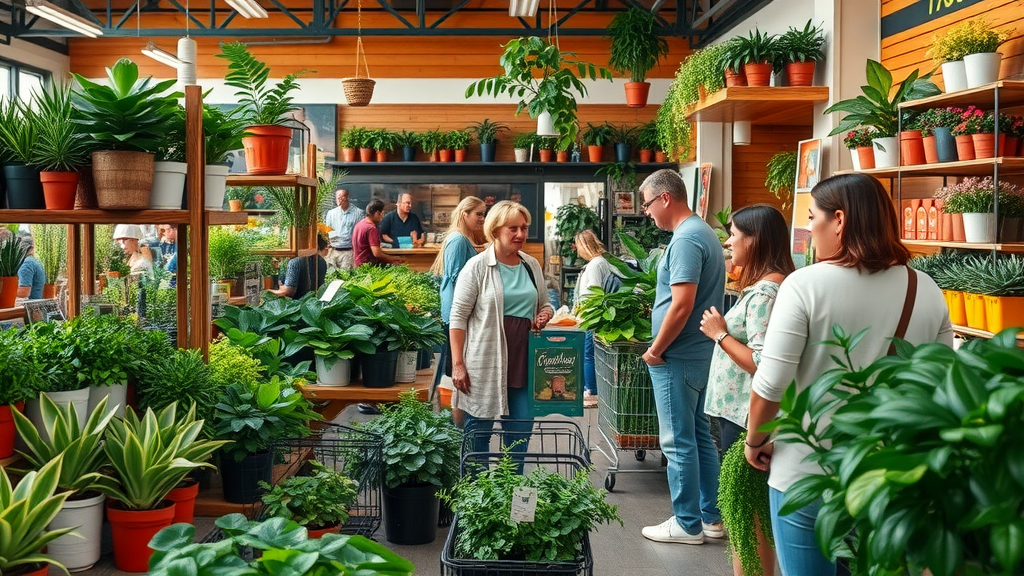
| Indoor Plant | Price Range | Source | Delivery Options |
|---|---|---|---|
| Snake Plant | $10–$45 | Nursery, Online, Garden Center | In-Store, Shipped |
| Peace Lily | $15–$60 | Nursery, Online | In-Store, Shipped |
| ZZ Plant | $20–$65 | Nursery, Online | In-Store, Shipped |
| Fiddle Leaf Fig | $30–$150 | Nursery, Online | In-Store, Shipped |
| Money Tree | $15–$85 | Nursery, Online | In-Store, Shipped |
| Spider Plant | $10–$40 | Nursery, Online | In-Store, Shipped |
Real Customer Reviews: House Plant Satisfaction and Success Stories
Homeowners across the country rave about their improved quality of life since introducing indoor plants into their living spaces. Many cite the spider plant and peace lily as life-changing for those with allergies or stuffy homes, while the forgiving zz plant and elegant money tree consistently win praise for their resilience and beauty.
New collectors love how easy-care options like the snake plant and zz plant reward minimal attention with vibrant growth. Long-time enthusiasts praise the mood-boosting qualities of the fiddle leaf fig and parlor palm. Regardless of expertise, feedback repeatedly highlights the durability, adaptability, and aesthetics offered by today’s best-selling house plants. Whether you're a beginner or an expert, you’ll find plenty of glowing endorsements supporting the addition of live greenery to your sanctuary.
- Stories of healthier living through indoor plants
- Top-rated varieties for beginners and experts
- Feedback on potted plant durability and aesthetics

Watch: Real-World House Plant Transformations: Before & After Home Makeovers
People Also Ask About Indoor Plants
What plant removes 78% of airborne mold?
- The spider plant is renowned for its capability to remove up to 78% of airborne mold in laboratory tests. Its air-purifying power makes it an ideal house plant for any home, especially for allergy sufferers.
What is the most low maintenance plant?
- The snake plant is universally recognized as the most low maintenance indoor plant. It thrives in low light, needs infrequent watering, and is highly resilient.
What is the longest blooming indoor plant?
- The peace lily earns the reputation for being the longest blooming indoor plant. With the right care, its elegant white blooms can last for months.
Which indoor plant is good to keep?
- For most homes, the ZZ plant is highly recommended for its low maintenance, air-purifying technology, and attractive appearance. It adapts readily to a variety of environments.
Frequently Asked Questions on Indoor Plants for Healthier Homes
-
Can indoor plants survive solely with artificial light?
Yes, many indoor plants such as the snake plant, zz plant, and certain pothos varieties can thrive under artificial light, provided the exposure replicates their natural conditions in length and intensity. -
How often should I fertilize house plants?
Fertilize your house plants once a month during the growing season (spring and summer) with a balanced fertilizer. Reduce feeding during fall and winter, as most indoor plants enter a rest period. -
What common pests target indoor plants and how can they be treated?
Frequent pests include spider mites, aphids, and fungus gnats. Treat infestations with insecticidal soaps, neem oil, or by adjusting watering practices to prevent damp soil. -
Are there indoor plants safe for pets and children?
Absolutely! Opt for pet-friendly choices like the Boston fern, parlor palm, or spider plant, and always research plant toxicity before introducing new house plants to homes with curious pets or kids.
Watch: Indoor Plant Care 101: Expert Q&A and Troubleshooting
Embrace the Power of Indoor Plants in Your Home Sanctuary
- Discover, select, and nurture the ideal house plant for each room
- Experience improved well-being, air quality, and home aesthetics
- Visit our curated shop to order top-rated indoor plants delivered to your door for instant transformation
Ready to infuse your home with freshness, health, and beauty? Explore our expert-approved indoor plants and give your living spaces a transformative boost today!
Indoor plants offer more than just aesthetic appeal; they contribute significantly to our health and well-being. For instance, the ZZ Plant ( Zamioculcas zamiifolia ) is renowned for its air-purifying capabilities, effectively removing harmful compounds such as benzene, toluene, ethylbenzene, and xylene from indoor environments. ( homesandgardens.com ) Similarly, the Spider Plant ( Chlorophytum comosum ) is celebrated for its ability to eliminate up to 95% of toxic formaldehyde from the air in a sealed environment over a 24-hour period. ( abeautifulmess.com ) Incorporating these plants into your home not only enhances its beauty but also promotes a healthier living space.
 Add Row
Add Row  Add
Add 

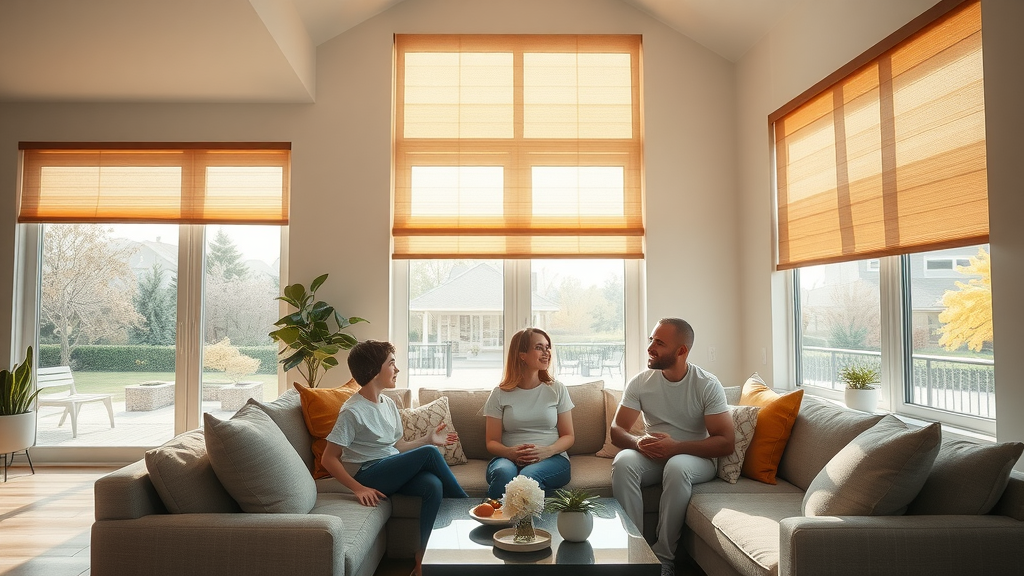


Write A Comment